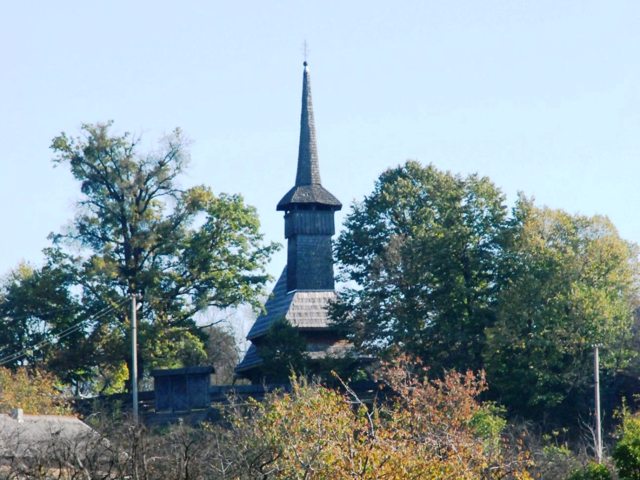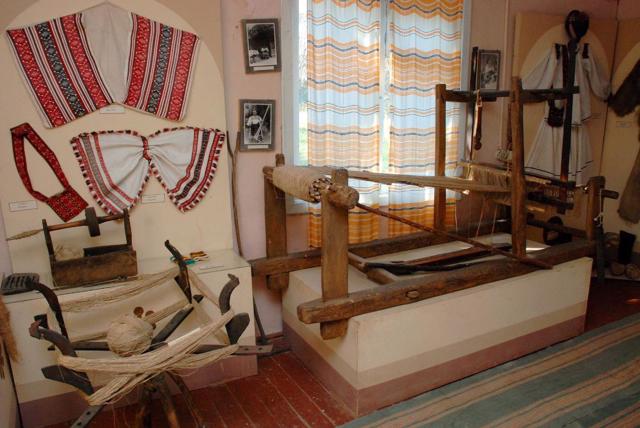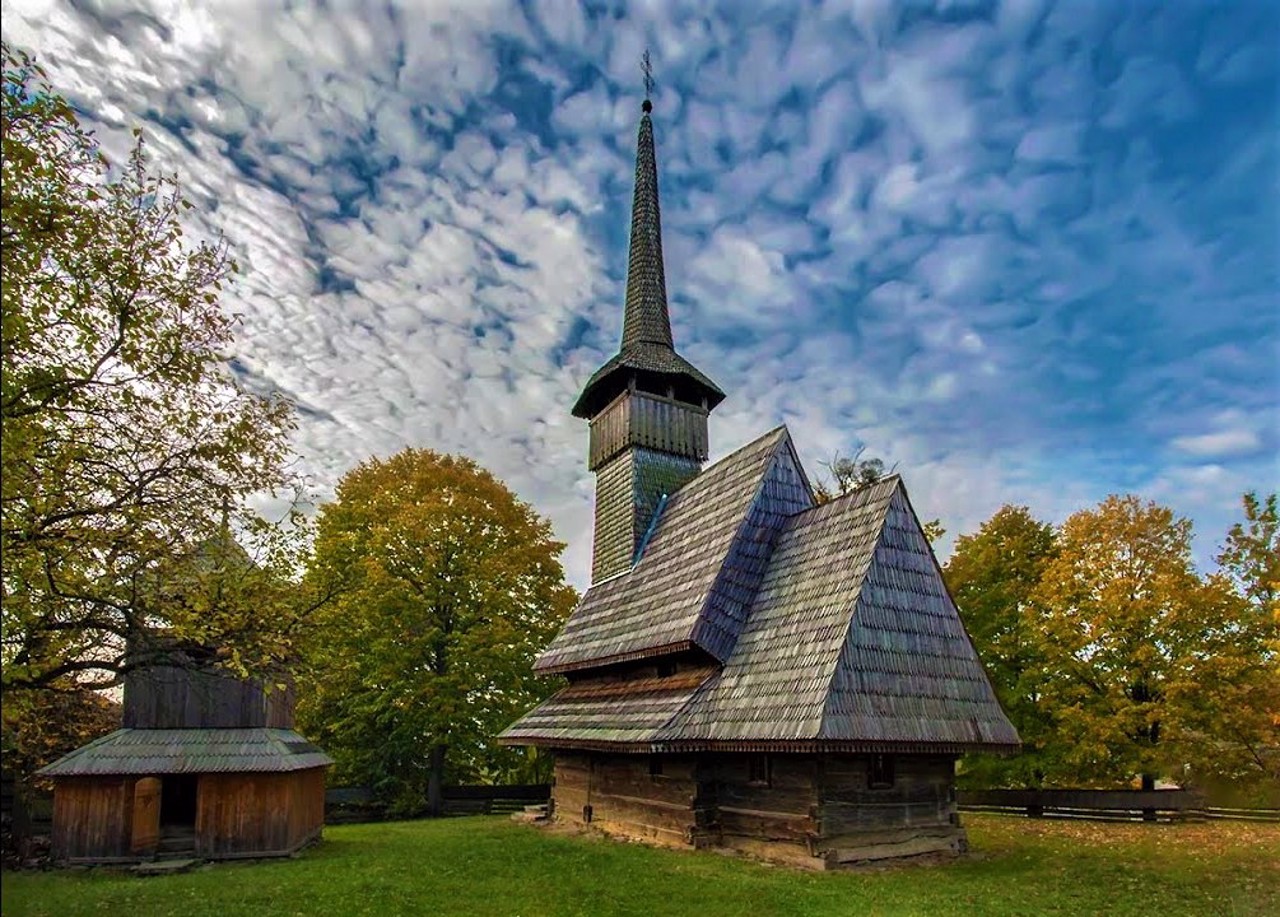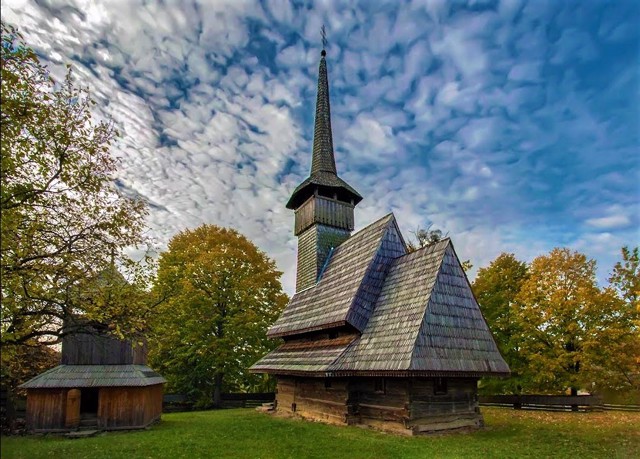Functional temporarily unavailable
Novoselytsia
Travel guide online Novoselytsia
General information about Novoselytsia
The small village of Novoselytsia is located between Vynohradiv and Tyachiv, near the Ukrainian-Romanian border. It was first mentioned in 1619.
Since those times, the unique wooden Church of the Assumption with a high Gothic spire has been preserved, which in Soviet times was transformed into a museum of architecture and painting.
Невелике село Новоселиця розташоване між Виноградовом і Тячевом, поруч з українсько-румунським кордоном. Вперше згадується в 1619 році.
З тих часів збереглася унікальна дерев'яна Успенська церква з високим готичним шпилем, яка в радянські часи була перетворена на музей архітектури та живопису.
Сплануй своє перебування у Novoselytsia
What to see and where to go in Novoselytsia
Tourist attractions and museums of Novoselytsia

Assumption of the Blessed Virgin Mary Church
Museum / gallery , Temple
The wooden church of the Assumption of the Blessed Virgin Mary in Novoselytsia is a miniature masterpiece of Gothic architecture in Transcarpathia.
The church was built in 1669, as evidenced by the inscription on the nave (according to other sources, the church was built in 1654-1656). The temple is distinguished by a high tower with a sharp spire. The interior contains wall paintings of the 17th century, which are considered a masterpiece of the Halician art school. At the beginning of the 19th century, a new Rococo iconostasis was installed on the eastern wall. Nearby is a two-story wooden bell tower.
In 1979-1981, specialists from Lviv restored the temple.
Today, the Church of the Assumption in Novoselytsia is a museum of folk architecture and painting, which is part of the Novoselytsia museum complex.

Novoselytsia Village Museum Complex
Museum / gallery
The Novoselytsia Village Museum Complex was created in 1989 on the initiative of residents of the Transcarpathian village of Novoselytsia.
The complex includes the wooden Assumption Church of 1669, which houses the Museum of Folk Wooden Architecture and Painting, and the Museum of Ethnography, located in the building opposite.
The Ethnographic Museum has four departments: "Weaving and Embroidery", "Work Tools", "Household Items", "Svitlytsia". In particular, the ancient wedding, festive and everyday clothes of Transcarpathians are presented. You can also see a loom, spinning wheels, spindles and other tools.
Reviews Novoselytsia
Geographical information about Novoselytsia
| {{itemKey}} | {{itemValue}} |
|---|---|
| Region |
Zakarpattia |




